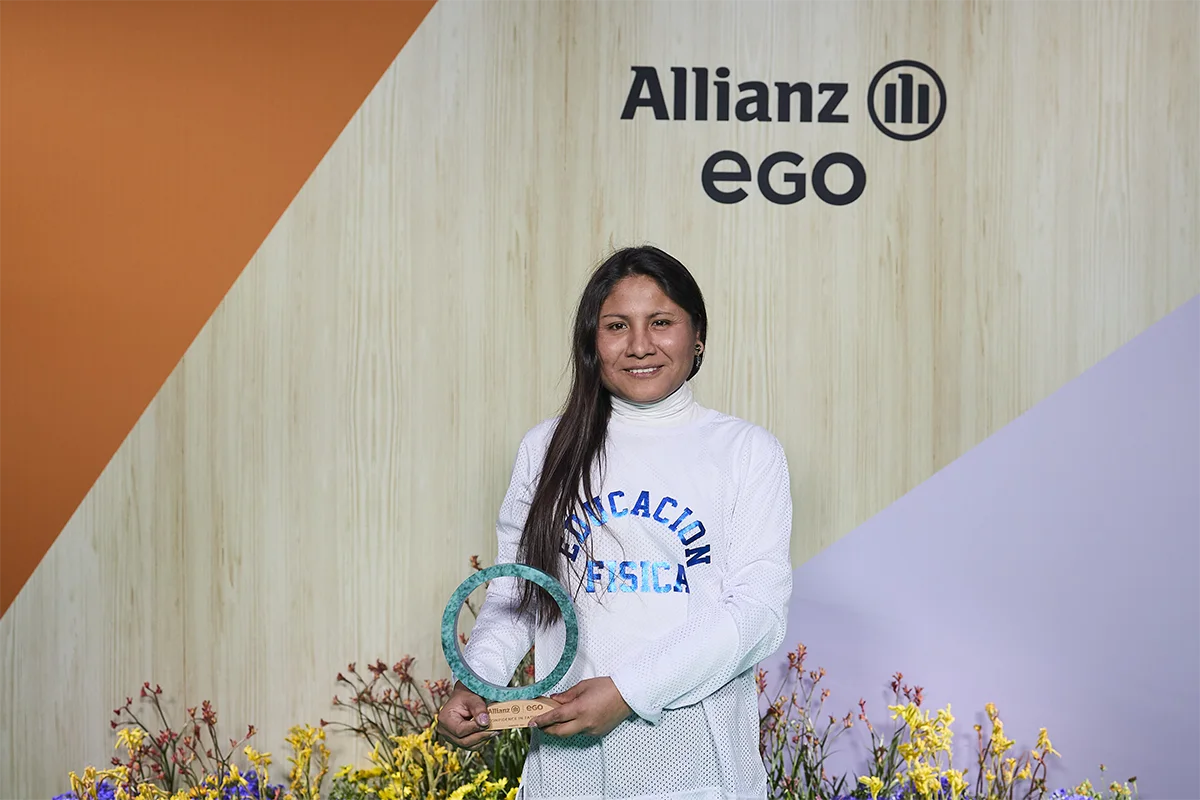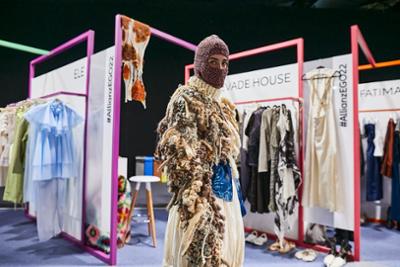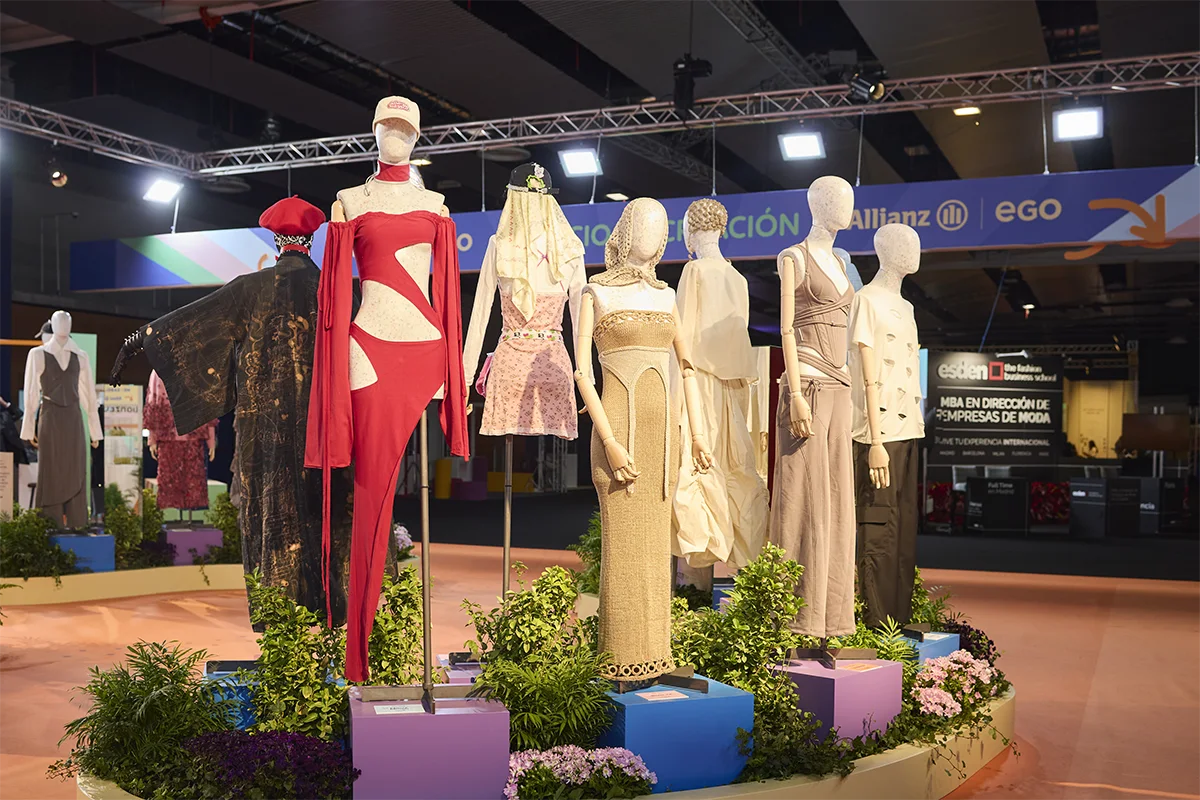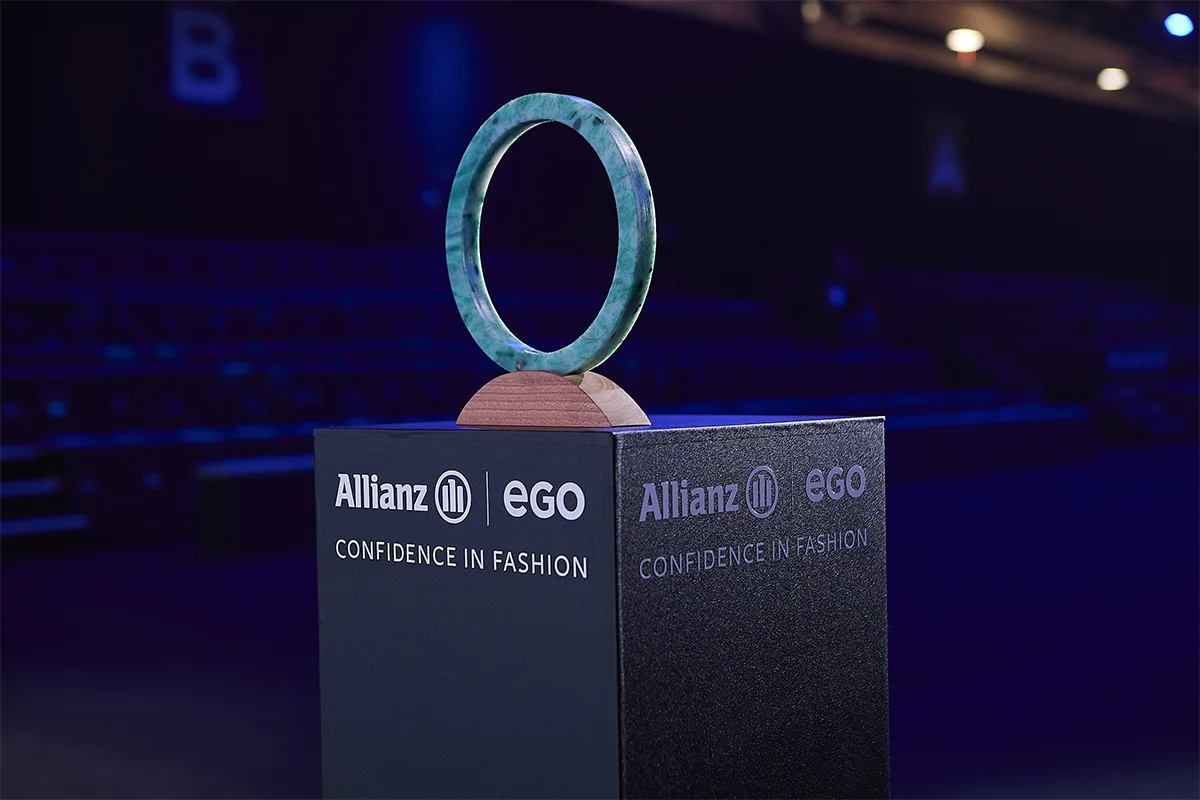EGO Confidence in Fashion Award
The first edition of the EGO Confidence in Fashion award, held in September 2021, was born out of a need detected in the sector: to promote the business vision of emerging designers and provide commercial visibility to their firms. EGO Confidence in Fashion now presents the seventh edition of this award, with the aim of supporting these creators in the first steps of their careers and promoting a plural and sustainable future for Spanish fashion.
This award will provide the winner with €6,000 to create a new collection to be presented at the next edition in February 2025, and receive professional advice from UDIT for six months, in order to boost their brand.

The jury
The competition has a jury formed by the organisation of MBFWMadrid, the EGO platform, the University of Design, Innovation and Technology UDIT, and renowned professionals in the fashion sector.
Business viability and brand projection will be two fundamental criteria for selecting the winner. The chosen proposal will join the firms already awarded in previous editions: Rubearth, Evade House, Reparto, Tíscar Espadas, Coconutscankill and MAL Studio Custom Project.

EGO Showroom
In each edition, the event will feature the participation of 15 emerging firms called to be the future of national fashion, but only one of them will be recognised with the EGO Confidence in Fashion award.
Throughout each day of MBFWMadrid, the work of these firms will be exhibited in the EGO Showroom, located in the Cibelespacio, where, in addition, attendees will be able to purchase the creations and garments made by the designers who are candidates for this award.

The candidates
Among the applicants, we find proposals that outline the sustainability models of tomorrow. Thus, techniques such as upcycling and the reuse of fabrics stand out, to give a second life to garments, and special attention is paid to craftsmanship, local and proximity trade and made-to-order production to avoid surpluses.
In addition, the diversity of proposals is also protagonist, with plural voices that are committed to the design of genderless garments or that reflect the personal experiences of the designers through their creations.






